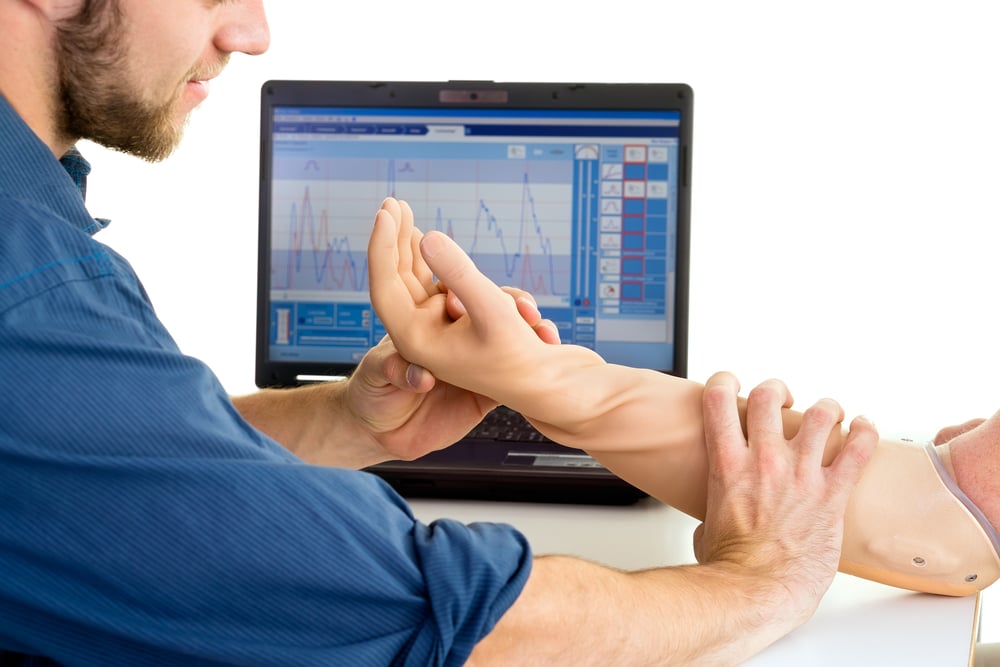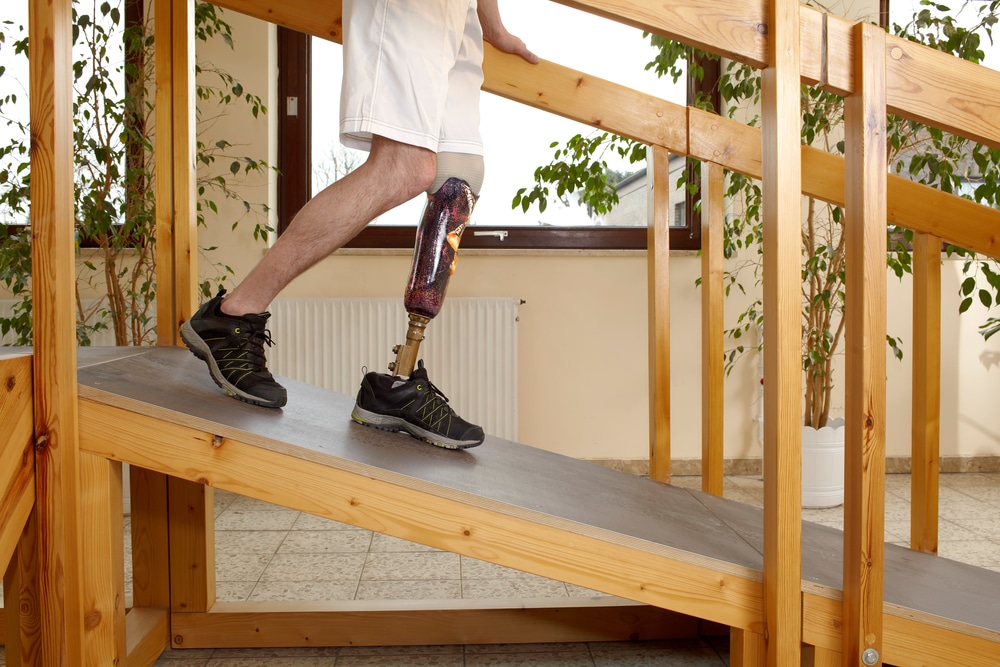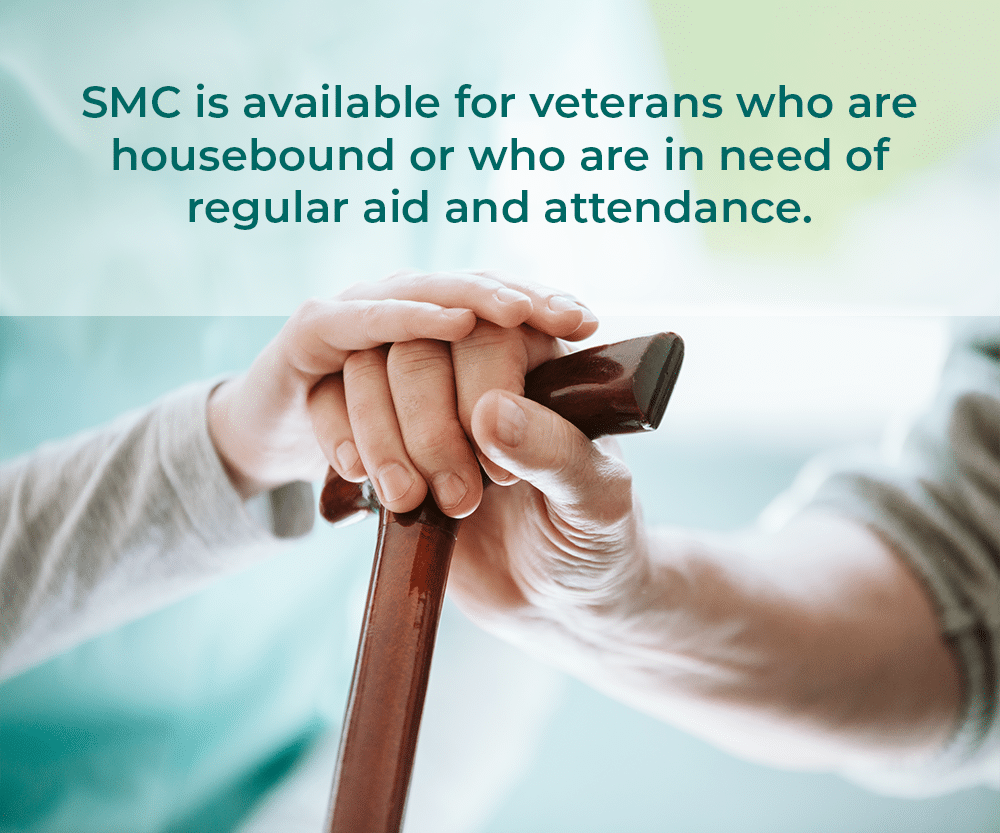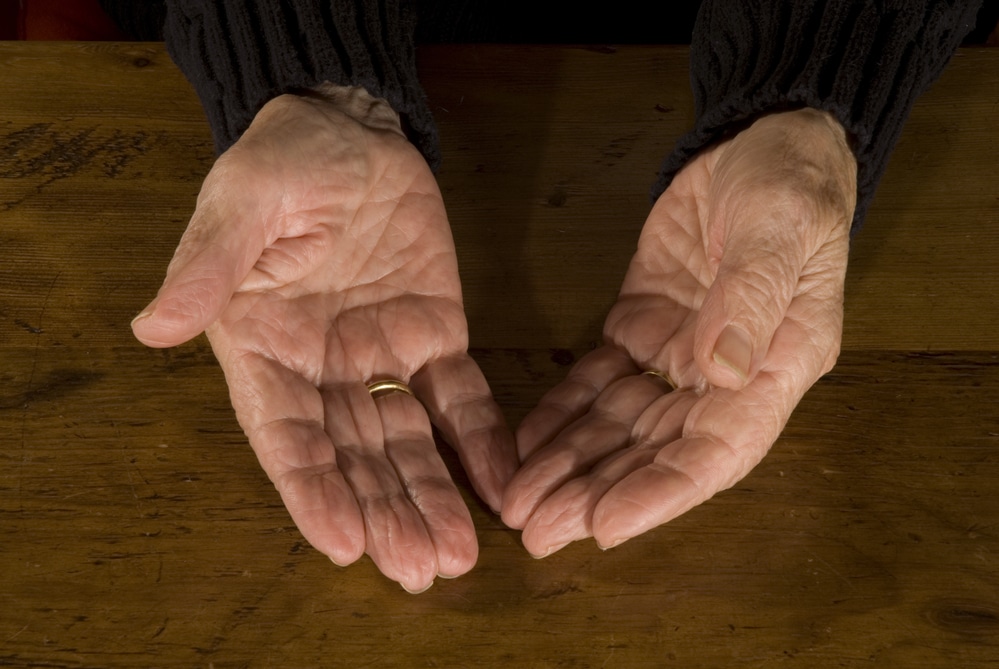As you may know, the VA uses a sliding scale from 0 to 100 to determine the monetary benefit amount they will pay to a veteran for a claimed disorder, disease, injury or illness for service-connected disability compensation. The percentage rating that the VA will assign depends on the severity of the claimed condition.
Amputations and loss of use injuries are life-changing and often times cause limitations that are profound and permanent. Despite medical advances in surgical repair and prosthetics, some veteran amputees may never recover function and return to their old occupation or enjoy old hobbies.
The VA defines amputation as either traumatic amputation or amputation by surgical removal. They define loss of use as no remaining function in the limb. The VA provides additional monthly benefits in cased of specific injuries including hand or foot amputation, or amputation above the knee or elbow. Further, the same considerations are given for a paralyzed joint or limb that has been immobilized because of injury for veteran amputees.
Other Types of Benefits Available for Veteran Amputees
It is important to know, that if you have suffered an amputation, your benefits may include regular VA disability compensation as well as Special Monthly Compensation (SMC). The VA may provide SMC for veteran amputees for certain specific injuries that include but are not limited to:

- Loss, or loss of use of a hand or foot
- Loss, or loss of use of an arm above the elbow
- Loss, or loss of use of a leg above the knee
- Loss, or loss of use of a reproductive organ
- Loss of sight in one eye
- Immobilized joint or paralyzed limb
- Deafness in both ears
- Inability to communicate by speech
- Loss of breast, or both breasts from mastectomy or radiation treatment
How the VA rates amputations
Ratings for amputations can be very complex. For example, you may obtain a higher rating for amputation of a dominant hand for veteran amputees. For amputations the VA can assign ratings based on the details of the amputation:

- 90 percent of an entire arm from the shoulder down in either arm
- 90 percent for amputation below the shoulder but above the deltoid, in the dominant arm, or 80 percent for the non-dominant arm
- 80 percent for amputation below the deltoid but above the elbow for the dominant arm or 70 percent for the non-dominant arm
- 80 percent for amputation above the pronator teres or 70 percent for the non-dominant arm
- 70 percent for dominant are amputation below the insertion of the pronator teres or 60 percent for the non-dominant arm
- 70 percent for hand amputation with no arm function or 60 percent for the non-dominant hand
- 100 percent for loss of both hands
- 90 percent for amputation of the leg at the hip
- 80 percent for amputation at the upper thigh
- 60 percent for amputation at the mid to lower thigh
- 60 percent in a case where a second amputation has been required due to complications from the first amputation
- 60 percent for amputations that render knee joint unusable
- 60 percent for amputations that render knee joint unusable
- 40 percent for amputation below the knee
- 40 percent for amputation that renders the foot or ankle unusable
- 100 percent for both amputated feet
- 10 to 40 percent various ratings for different levels if foot amputation
There are also benefits for veteran amputees that require extended periods of hospitalization or convalescence, or ones that require constant ongoing medical care.



